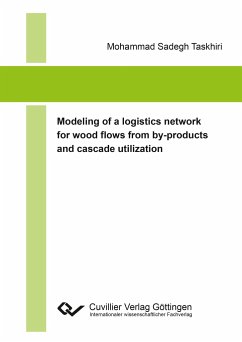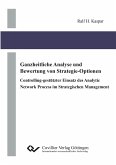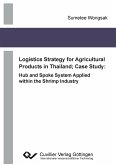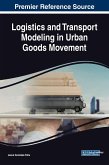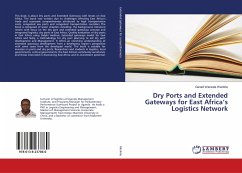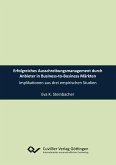Waste Wood and wood by-products have the potential to become attractive alternative sources of raw materials. Their efficient use is important due to the rising demand and limited supply of forest wood. Cascade utilization is gaining interest as a strategy to bridge the gap between rising wood demand and fresh wood availability. However, the economic and environmental impacts of a cascading system for wood-based products are not fully known. In this work, an investigation is conducted to determine the consequences of cascade utilization for the economic and environmental performance of logistics networks for wood flows. Two case studies in Lower Saxony consider five wood products, including medium density fiber (MDF), oriented strand board (OSB), particleboard, coated paper, and wood pellets. In the first case study, an approach for decision support is developed that consists of a mixed-integer linear programming (MILP) model. In the first case study, the MILP model is used for minimizing the costs of the logistics network for three scenarios. Then the UMBERTO software is applied to determine the quantity of CO2e of the minimized logistics network. In the second case study, the MILP model is enhanced using two objective functions, as cost and global warming potential (GWP) are considered simultaneously. In this case study, it is observed that environmental parameters such as CO2 emissions can also be implemented in the MILP. The utilization of a multi-objective optimization model brings new perspectives (the trade-off between two contradictory objective functions, for instance) in comparison to the first case study, in which CO2 is calculated as an off-line step after logistics costs are minimized. Altholz und Holz-Nebenprodukte besitzen das Potenzial, attraktive, alternative Rohstoffquellen zu werden. Ihre effiziente Nutzung ist von hoher Relevanz, da die Nachfrage nach Holz steigt und die Versorgung mit Holz aus Wäldern begrenzt ist. Um die Lücke zwischen der wachsenden Holznachfrage und ¿ verfügbarkeit zu überbrücken, ist die Kaskadennutzung eine Strategie, welche zunehmendes Interesse erfährt. Allerdings sind die wirtschaftlichen und ökologischen Auswirkungen eines Kaskadensystems für Holzprodukte nicht vollständig bekannt. In dieser Arbeit wird eine Untersuchung durchgeführt, um die Folgen der Kaskadennutzung auf die Wirtschafts ¿ und Umweltleistung von Logistiknetzwerken für Holzströme zu bestimmen. Im Rahmen von zwei Fallstudien in Niedersachsen werden fünf Holzprodukte, einschließlich mitteldichten Fasern (MDF), OSB-Platten (OSB), Spanplatten, beschichtetem Papier und Holz-Pellets betrachtet. In der ersten Fallstudie wird ein Ansatz zur Entscheidungsunterstützung entwickelt, der aus einem Mixed-Integer Linear Programming (MILP)-Modell besteht. Das MILP-Modell wird zuerst in drei verschiedenen Szenarien zur Minimierung der Logistikkosten angewendet. Mithilfe der UMBERTO-Software wird anschließend die Menge von CO2e bestimmt. In der zweiten Fallstudie wird das Modell für zwei Zielfunktionen weiterentwickelt und eingesetzt, bei denen die Kosten und das Treibhausgaspotenzial gleichzeitig betrachtet werden. Diese Fallstudie zeigt, dass auch Umweltparameter wie CO2-Emissionen mit MILP umgesetzt werden können. Die Verwendung eines Mehrzieloptimierungsmodells ermöglicht die Betrachtung neuer Perspektiven (zum Beispiel den Trade-off zwischen zwei widersprüchlichen Zielfunktionen) im Vergleich zur ersten Fallstudie, in welcher CO2-Emissionen in einem Offline-Schritt nach der Minimierung der Logistikkosten minimiert werden.
Hinweis: Dieser Artikel kann nur an eine deutsche Lieferadresse ausgeliefert werden.
Hinweis: Dieser Artikel kann nur an eine deutsche Lieferadresse ausgeliefert werden.

